|
Wishing you New Year Goodness! Sshin-nyen haoww (Mandarin pronunciation) The Chinese culture is unique because it is not only one of the oldest civilizations in history, but also the longest continuous culture that has lasted for over 5,000 years and is still going today. The ancient Chinese people had invented paper and printing press that led to development of calligraphy and literature. They have made some huge contributions towards other notable inventions like the compass, umbrella, drums, flutes, harps, seismoscope, noodles, silk clothing, bank notes, acupuncture, and irrigation. Every year, people of the Chinese culture from all around the world, celebrate this time of year with good luck rites, house cleaning, family feasts, and fireworks. The next few weeks are set aside as a time to honor household and heavenly deities as well as ancestors. Unlike our western Gregorian calendar, the Chinese calendar runs in accordance with lunar-solar observations; therefore, the date for the new year changes from year to year. This year, it starts on January 22nd. Celebrations will occur the day before and continue until the Lantern Festival, the 15th day of the new year to decline the darkness of winter and move into the night as a community with human-made light. People create paper lanterns to symbolize the sun, light, warmth, and a physical prayer to the Sun for it to come back. Lighting lanterns is a way for people to pray that they will have smooth futures and express their best wishes for their families (China Highlights). This marks the beginning of Spring. After the Lantern Festival, Chinese New Year taboos are no longer in effect, and all New Year decorations are taken down. According to tradition, people must stay up late on New Year’s Eve to welcome the New Year, and then to let off fireworks to scare off ominous spirits and Nian, the New Year dragon monster. Chinese are careful of their actions on these two days as they will prophecy their upcoming year. In the first five days of the New Year, people eat long noodles to symbolize long life. On the 15th and final day of the New Year, round dumplings shaped like the full moon are shared as a sign of the family unit and of perfection (History.com). One legend states that hanging your hopes for the coming year on a Wishing Tree (synonymous with good luck and fortune) will encourage your dreams to come true. Further, some Chinese people refrain from regular routines such as hair and laundry washing in honor of the water god, celebrated on these days. 2023 is a year of the Water Rabbit, starting from January 22nd, 2023 (Chinese New Year), and ending on February 9th, 2024 (Chinese New Year's Eve). The sign of Rabbit is a symbol of longevity, peace, and prosperity in Chinese culture. 2023 is predicted to be a year of hope. According to Chinese astrology, Rabbits are predicted to be gentle, quiet, elegant, and alert as well as quick, skillful, kind, patient, and very responsible, sometimes reluctant to reveal their minds to others and having a tendency to escape reality, but always faithful to those around them. Rabbit PoseIn the physical practice of yoga, Rabbit Pose evokes a profound connection to nature and the tranquil tenderness of bunnies. This posture strengthens the back and open the spine to prevent back pain. It opens the crown chakra as it stimulates creative thinking, inspiration, and mental focus while relieving the nervous system and mental distresses. Many yogis find this pose to be an efficient support for relieving sinus problems and head colds. It’s an inversion, but easier than most because you’re not completely upside down and there is not too much weight on the head.
Be careful not to put too much weight on the crown of the head. Avoid this pose if you have neck or knee pain or strain, vertigo, pregnancy, or hypertension. Each year a different animal is celebrated according to your birth year. But according to Chinese belief, the year of your sign is believed to be one of the most unlucky years of your life. The luckiest Chinese zodiac signs in 2023 are Oxes, Tigers, and Snakes. Then, with not quite so much luck, come Dogs, Horses, Goats, and Pigs. Rabbits' and Rats' fortunes will be influenced by 'opposition to Tai Sui'. Roosters and Monkeys will have to work especially hard to make headway. (Chinese Highlights) The earliest depictions of the 12 Zodiac animals appear in tomb-ceiling paintings dated to 533 BC with a Yin Yang symbol in the center, of course. Some animals are an odd number which represents Yang, while others are even numbered for Yin. Yang: (1) Rat, (3) Tiger, (5) Dragon, (7) Horse, (9) Monkey, (11) Dog Yin: (2) Ox, (4) Rabbit, (6) Snake, (8) Sheep, (10) Rooster, (12) Pig Chinese 12 Year Zodiac with Yin Yang in the Center Further, the dual Yin-Yang system is approximately as old as China itself. It is the central theme of all Chinese systems of insight, and a key component in Chinese philosophy. Yin, being the female principle, and Yang the male principle. The combination and interaction of these two opposites is believed by the Chinese to cause all universal actions. Yin generally refers to things that are relatively lower, colder, stiffer and slower: yang generally refers to things that are higher, hotter, flexible and quick. Yin represents the moon and night, while yang symbolizes the day and the sun. This circular symbol moves in accordance with the seasons. In physical yoga practice, yin represents a forward fold and rounding of the spine, while yang is heart opening and arching. Imagine the flow of cat/cow movements or half Sun Salutations to observe this play of opposites. Patanjali’s Yoga Sutra in 400 C.E. (II-46) states “sthira sukham asanum” which means that “your asana should be steady and comfortable.” Stable is yang, comfortable is yin. In contemporary yoga today, we can attend classes that focus on our yin or yang. Most Vinyasa or Power Flow classes build heat through standing and strengthening postures for Yang, while Yin Yoga is sometimes referred to as yoga for the joints, and involves sitting or laying down. I try to blend equal balance of both in my yoga classes. How do you observe these opposite relationships in your life? In the yoga lifestyle, we take a deeper look inward as we study our self, svadhaya, and improve our relationship within ourselves (niyamas) and with others (yamas). As I study ancient Chinese philosophy, I see wise words that connect our role as humans with society. Between 800 and 200 BCE, ancient China went through a time of deep political and social change and intellectual awakening. Three main religions or philosophies arose: Taoism, Confucianism, and Buddhism. Confucianism holds that one should live with honor and morality in mind, treating others with respect, politeness, and kindness. Confucius preached the popular phrases, “Our greatest glory is not, in never falling, but in getting up every time we do” and “When anger rises, think of the consequences.” Further, like most Chinese philosophy, he showed a deep reverence for nature and the elements, “Everything has its beauty but not everyone sees it.” In Taoism, the leader, Lao Tzu, emphasized that a universal force flows through all living beings (Qi) and respecting that force will lead us to a happy life. He also teaches the power of a controlled mind through some of my favorite philosophical quotes. Buddhism emphasizes that the world is transient and is constantly changing. In this transient world, sorrow is bound to come. By following the path of moderation, humans can raise above these worldly troubles. As one story goes, Da Mo Bodhidharma, came from India to preach Buddhism in China during the Liang dynasty (502-557 A.D.). He arrived at the Shaolin monastery and was shocked by the state of decline and the weakened physical state of the brotherhood. He decided to teach yoga to the monks in order to strengthen and develop the vitality necessary for their spiritual cultivation. Within the next century, his yoga was then absorbed and integrated into the Chinese indigenous form of physical/mental practice called qigong. Qigong is literally translated as “energy work” (Huffington Post). Join us for Sunday Sunset Yoga on the Bay from 4-5pm as we flow through some Qigong and animal yoga poses to represent each of the 12 Zodiac Animals. Learn more and RSVP Here Wishing you 'Happiness and prosperity!'
In Mandarin: /gong-sshee faa-tseye/
0 Comments
Your comment will be posted after it is approved.
Leave a Reply. |
Hannah Faulkner
|


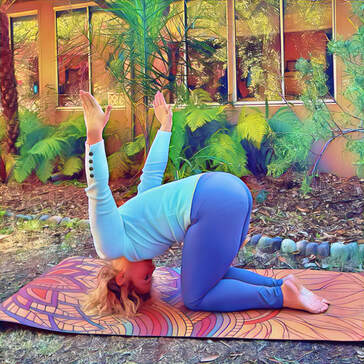
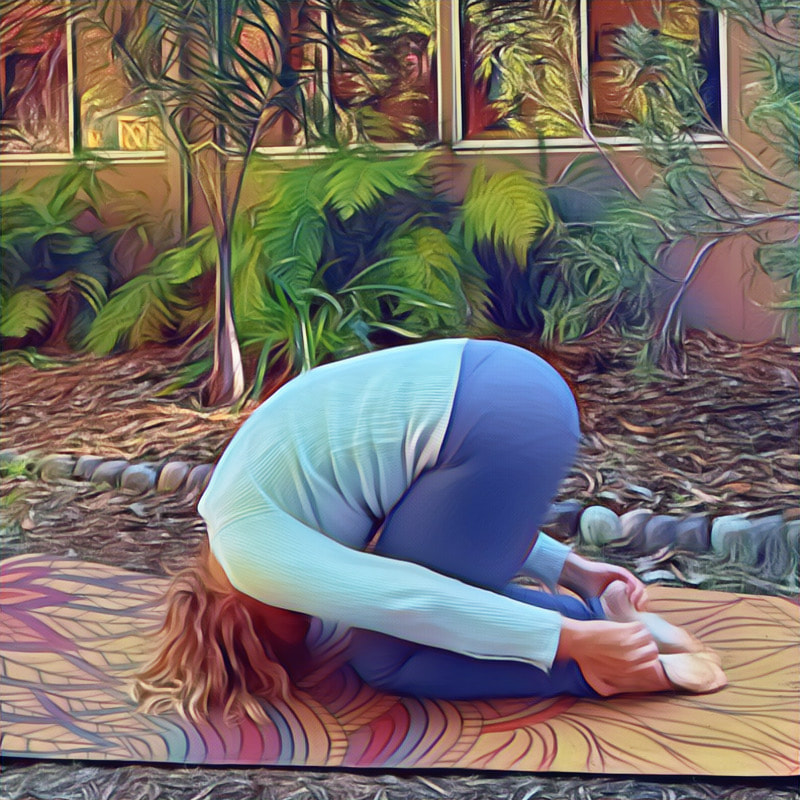

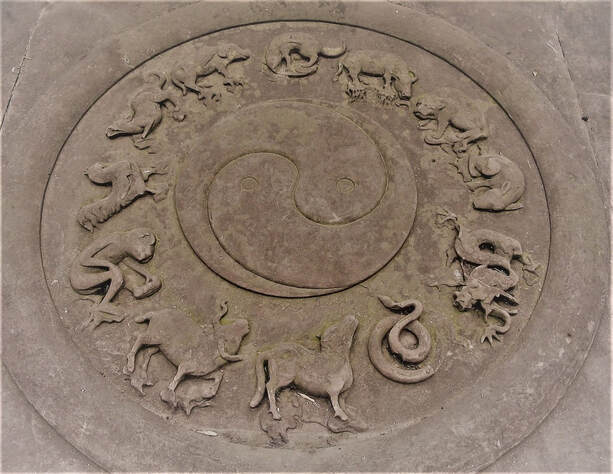
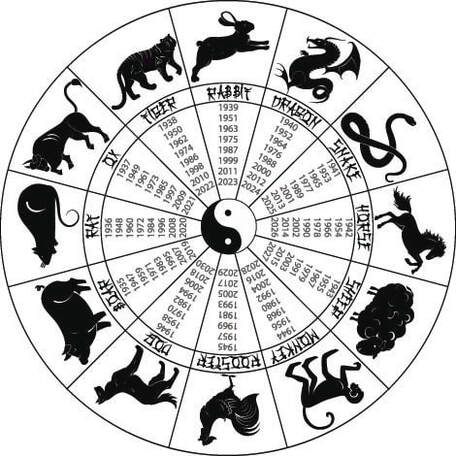



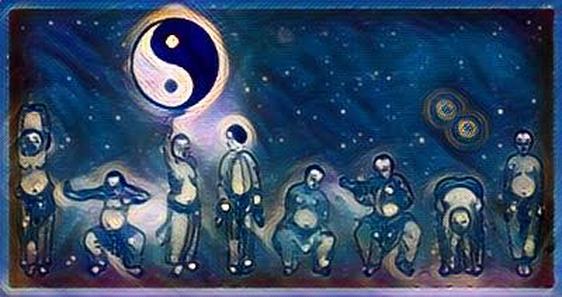













 RSS Feed
RSS Feed